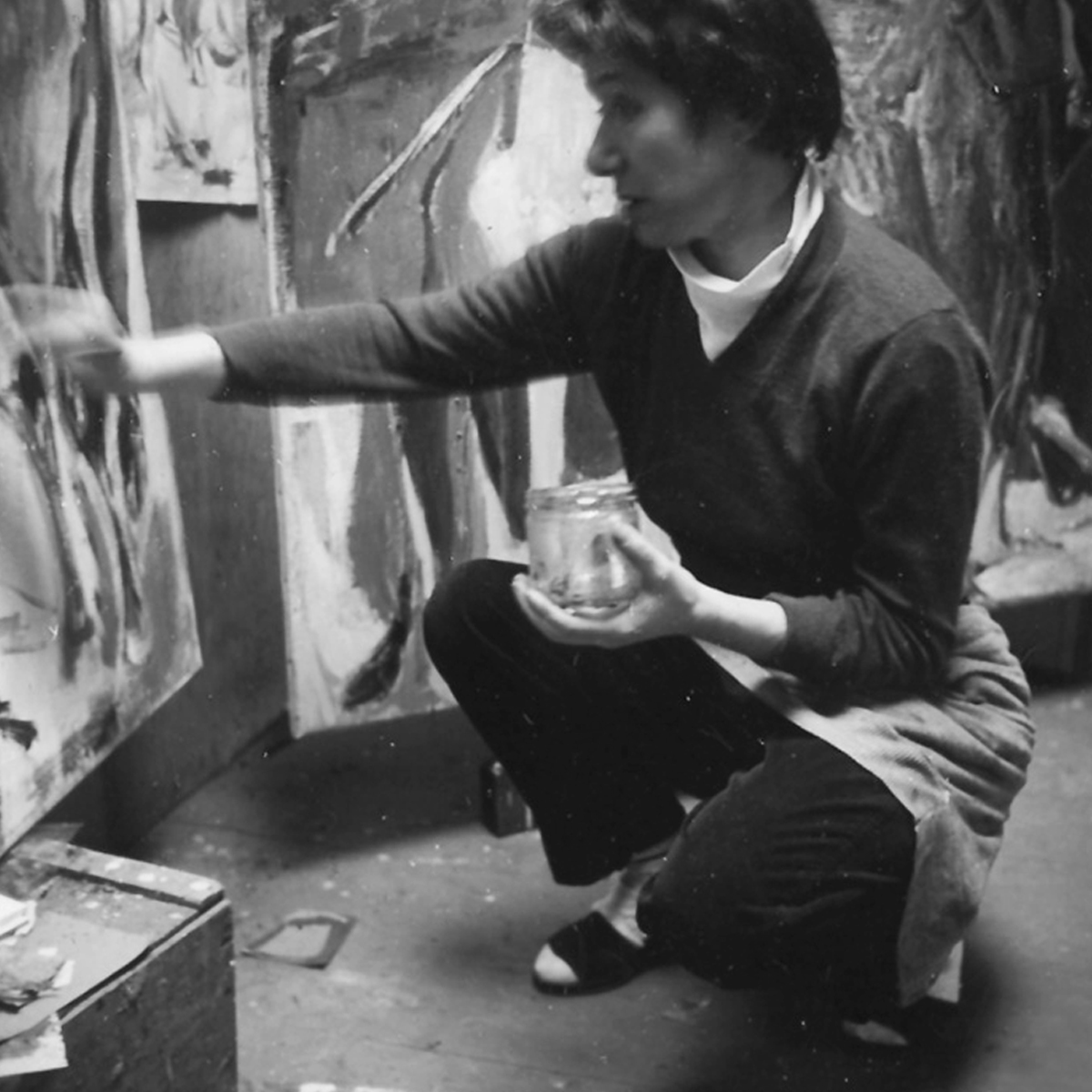Resources
ABOUT US / SERVICES / OUR CLIENTS / STORE / CONTACT
Exhibition News: Biala opens at PAAM (Provincetown)
August 10-September 30, 2018
Opening reception: Friday, August 10, 8pm
Provincetown Art Association and Museum
460 Commercial Street
Provincetown, MA 02657
Provincetown Art Association and Museum presents Biala: Provincetown Summers: selected paintings and drawings. This historic exhibition is the first to focus entirely on the paintings and drawings by Janice Biala (1903-2000), which were created or inspired by her summers in Provincetown and on Cape Cod. The exhibition opens with a reception on Friday, August 10 at 8pm and will run through September 30 at Provincetown Art Association and Museum (460 Commercial Street, Provincetown, 508.487.1750 ext.17 / www.paam.org)
Organized and curated by Jason Andrew (Artist Estate Studio, LLC), the exhibition features twenty-seven paintings and twenty-three works on paper ranging in date from 1924 to 1985. Highlights include the earliest painting by the artist titled The Violin (c.1923-23) painted as an homage to her mentor and friend, Edwin Dickinson; Portrait of a Writer (Ford Madox Ford) (1938), who she met in 1930 and remained at his side until his death in 1939; The Beach (1958), a masterwork from the artist's most gestural period; a group of whimsical drawings of her grandnephew's first steps in Provincetown Bay; and Pilgrim Lake (1985), a pensive and contemplative painting that sublimely captures a layering of water, dunes, and the sky above. Works are on loan from the Estate of Janice Biala (courtesy Tibor de Nagy Gallery, New York), as well as several major loans from private collections, The Art Collection of the Town of Provincetown, and the Provincetown Art Association and Museum.
Mr. Andrew will give a gallery talk on Tuesday, August 21 at 6pm
as part of the Fredi Schiff Levin Lectures.
An online catalogue with essay by curator Jason Andrew is available here by visiting www.janicebiala.org
Lecture: "Biala: The Woman Painter Among Men" at ASL
Biala: The Woman Painter Among Men
Thurs, Jan 11, 6:30pm
RSVP (seating is limited)
Art Students League
215 West 57th Street
NYC
__________
Painter Janice Biala (1903-2000), known to history primarily by her surname, was an integral figure in the art scene of mid-twentieth century Manhattan. Sister of painter Jack Tworkov, friend of Willem de Kooning and critic Harold Rosenberg, Biala was in the thick of a milieu that gave rise to the New York School. But before all that, she was the lover of the English novelist Ford Madox Ford.
Curator Jason Andrew will trace the remarkable life and art of Biala from her early days of hitch-hiking to Provincetown in the ‘20s, to jumping on a boat to Paris and later her dramatic escape from Nazi occupied France in the ‘30s, to her early support of Willem de Kooning and participation in the New York School in the ’40s. Above all, she left a history of painting noted for its sublime assimilation of the School of Paris and the New York School of abstract expressionism.
This lecture coincides with the exhibition Biala and the Harvey and Phyllis Lichtenstein Collection, on view through February 10 at Tibor de Nagy Gallery, 15 Rivington Street, New York.

